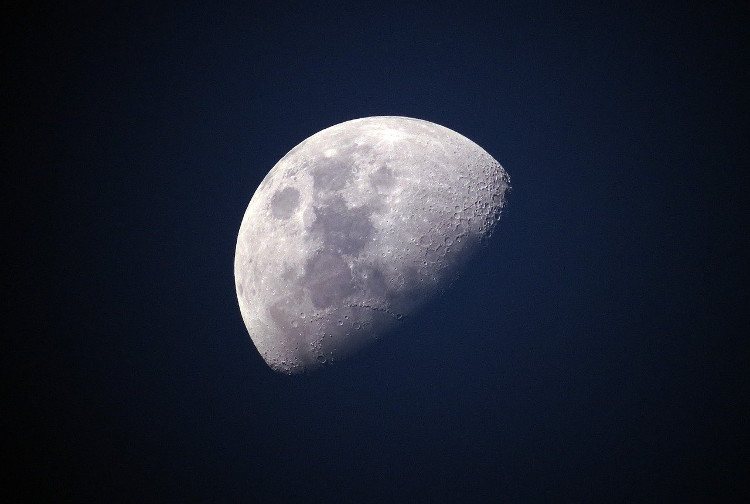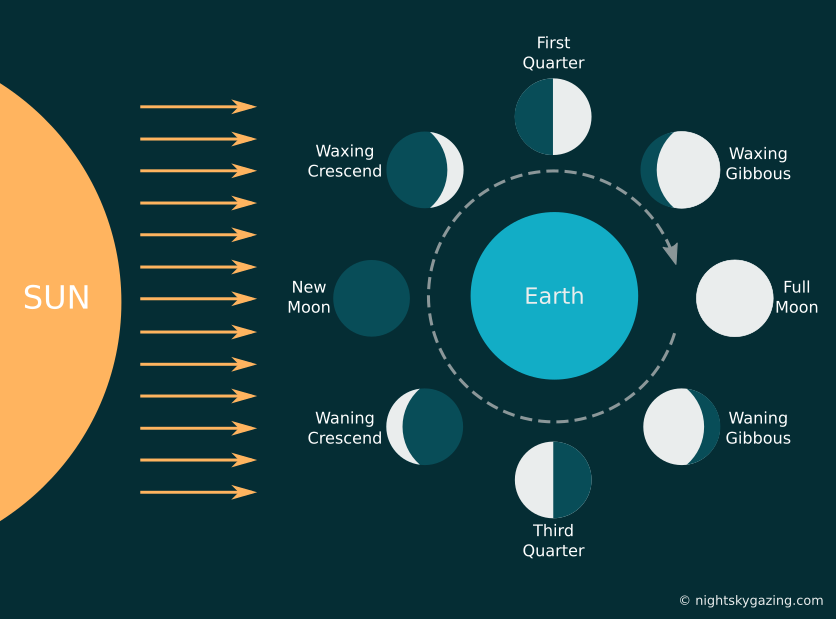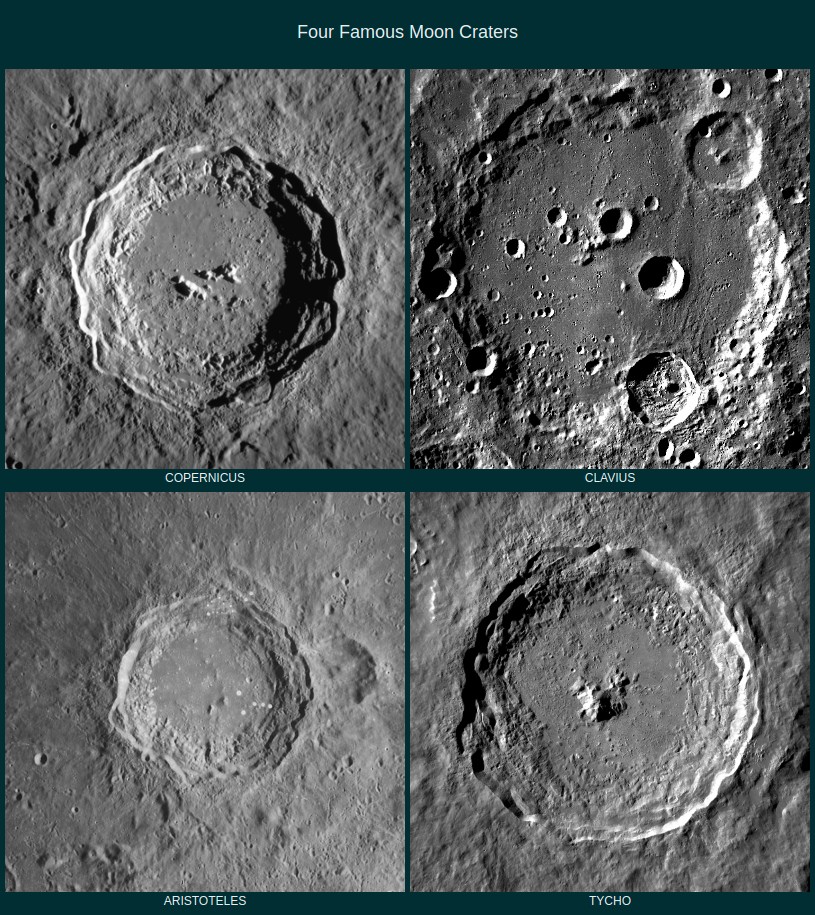The Moon: Facts and Observation Tips
The Moon is the brightest object in the night sky, and it has such a large apparent size that to view it even with the naked eye is a great pleasure. And a pair of binoculars or a telescope will show you many more beautiful features of our satellite. The size of the Moon is about one-quarter the size of Earth, and the distance from the Earth is approximately 400,000 kilometers. Our satellite has no atmosphere because its gravity is too small to hold the gas molecules. That is why we can observe its details so clearly. The advantage of the binoculars is that they are portable, and you can easily take them on a trip. On the other side, a telescope can give you higher magnification and resolution power, so you will be able to see more details of the lunar surface. When magnification is high, a sturdy tripod is required for your optical instrument to avoid vibrations which cause image tremor.

Moon Phases
We see the Moon because it reflects the Sun’s light falling on it. As our satellite changes its relative position to the Sun we observe different phases of the Moon. The cycle of changing phases is called lunar cycle or lunar month, and its length on average is 29.5 days. In total there are eight Moon phases and each of them lasts roughly 3.5 days.
When the Moon is closer to the Sun than Earth, it shows crescent phases. If Earth is almost between the Moon and the Sun we see the full phase. The half phases (the first quarter and the third quarter) are observed at right angles to the Sun. In the waxing gibbous and waning gibbous phases more than half of the Moon is illuminated. During the waxing crescent and waning crescent phases, only a small part of the lunar surface is visible.

It is best to observe the details of the Moon near the border of the shadow called the terminator. In this area lunar features have long shadows and we see a more contrasting image. As the terminator moves along the surface according to the lunar cycle, for a given Moon place there are days with the best conditions to observe it.
When planning Moon observation ahead, it is convenient to use online Moon calculators like mooncalc.org or smartphone apps with the same functionality. Such services and apps will give you the Moon rise time, Moon set time and its phase for a given date and Earth’s place.
Lunar Maria
Large dark spots on the light disk of the Moon are clearly visible even with the naked eye. Early astronomers called them maria (Latin for “seas”) because they thought that these areas are filled by water. Now we know that actually these areas are filled by volcano lava but for historical reasons we still call them maria. Some major lunar maria are Mare Imbrium (Sea of Rains), Mare Serenitatis (Sea of Serenity), and Mare Tranquillitatis (Sea of Tranquility).
Craters

Craters are probably the most impressive part of the lunar landscape. They are the result of meteoritic impacts. Large craters appeared during the formation of the Solar system when it was filled with debris from space bodies. There are more than 300,000 craters with a diameter of more than 1 km on the visible side of the Moon. Craters vary greatly in size and shape. Major craters like Copernicus, Aristoteles and Albategnius have about 100 km in diameter and depth of 3-5 km.
Facts About the Moon
1. What is the size of the Moon?
Average diameter of the Moon is 3,475 km. It ranks fifth in the list of the largest satellites in the Solar system. Only the Jupiter moons Ganymede, Titan, Callisto and Io are bigger than the Moon.
2. What is the temperature on the Moon?
Temperature of the Moon varies greatly depending on whether a particular area is illuminated by the Sun. When sunlight hits the surface, its temperature may reach 127° C. In the shadow it can drop to minus 173 °C. The temperature of a particular area periodically changes as the Moon rotates and the Sun illuminates different areas at different times.
3. How and when the Moon was formed?
Today most scientists think that the Moon was formed by a collision about 4.51 billion years ago. About 60 million years after the beginning of the formation of the Solar system, the Earth collided with a large object about the size of Mars. As a result of this collision, the substance was mixed, part of it separated, and the Moon was formed from it.
4. What is the mass of the Moon?
The mass of the Moon is 7.35 x 1022 kg which is 81 less than the mass of the Earth.
5. What is a supermoon?
A supermoon is an astronomical phenomenon which we observe as the large and very bright Moon. It happens when the Moon is full and it is nearly at its closest distance to Earth. It occurs about every 414 days.
6. What is a red Moon?
The Moon becomes reddish during the astronomical phenomenon called lunar eclipse. At that time the Sun, Earth and the Moon are located at the same line, and the Moon is in the Earth’s shadow. We still see the Moon because Earth’s atmosphere refracts the Sun’s light. Only reddish light reaches the Moon because bluer light is scattered more in the Earth’s atmosphere.
7. Is there water on the Moon?
Water cannot exist in a liquid state on the surface of the Moon, because it would be evaporated and decomposed under the Sun’s rays and fly into outer space. However, water ice was found in cold craters near the Moon’s poles where sunlight never falls.
8. Why does the Moon always keep one face toward the Earth?
We always see only one side of the Moon because its rotation around Earth is synchronised with the Moon’s spinning around its own axis. This synchronization was caused by gravitational forces called tidal forces. The same forces cause tides on Earth.
